The Best Time to Trek Kumara Parvatha: A Journey Through Seasons
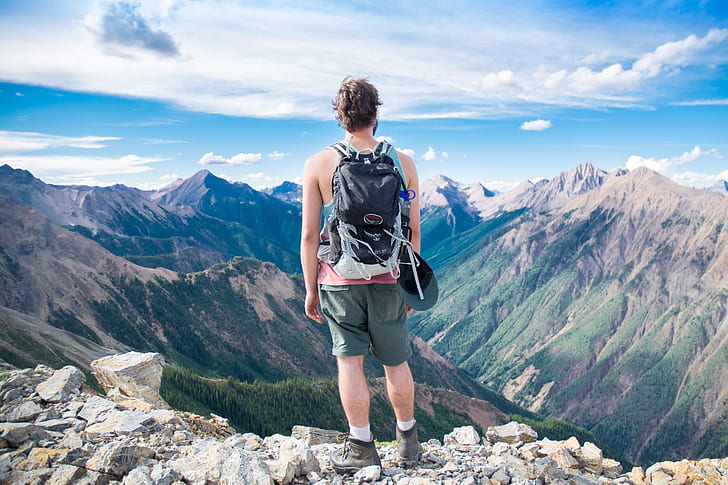
When I first set out to conquer the Kumara Parvatha trek, I was brimming with excitement and a touch of trepidation. This trek, renowned for its stunning landscapes and challenging terrain, promised an adventure of a lifetime. However, before diving headfirst into this journey, I had to consider one crucial question: What’s the best time to trek Kumara Parvatha? My exploration of this question revealed a lot about the trek itself and how the right timing can make all the difference.
Why Timing Matters: The Impact of Season on Your Trek Experience
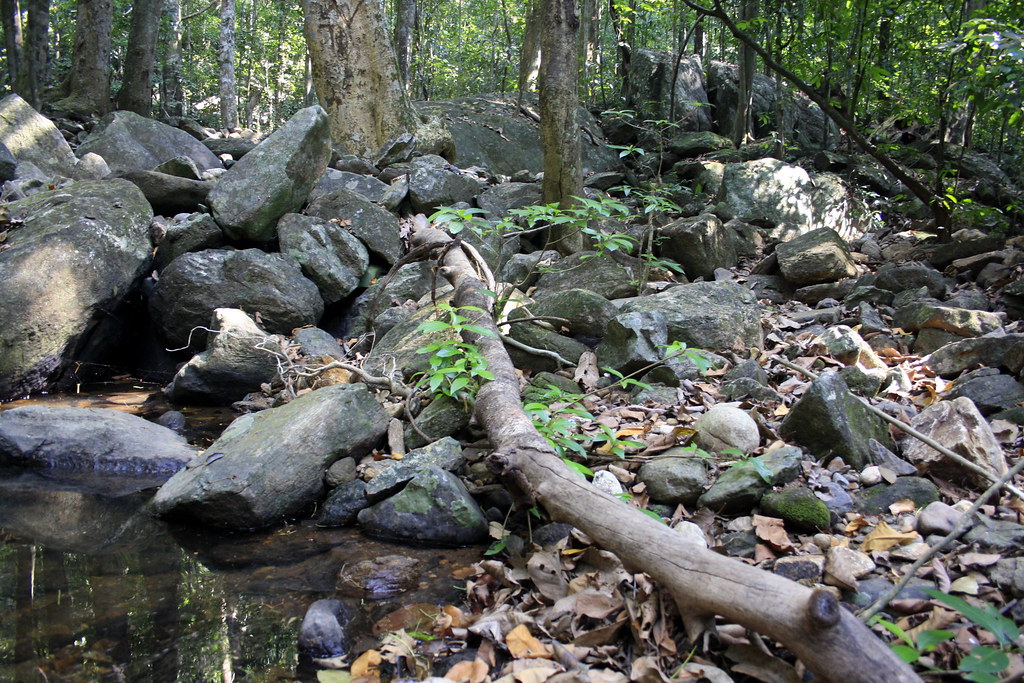
Choosing the right time to embark on the Kumara Parvatha trek can significantly impact your experience. As I discovered through my own adventures, the season not only influences the weather but also affects the trail conditions and the overall enjoyment of the trek. Each season presents its unique set of challenges and rewards, and understanding these can help you plan a more fulfilling trek.
When I first attempted the trek, I went during the peak summer months. The weather was hot and dry, which made the climb even more strenuous. Although the clear skies offered stunning views, the heat was relentless. That’s when I realized that the timing of your trek can greatly affect how enjoyable and manageable it is.
Monsoon vs. Winter: Choosing the Ideal Season for Your Trek
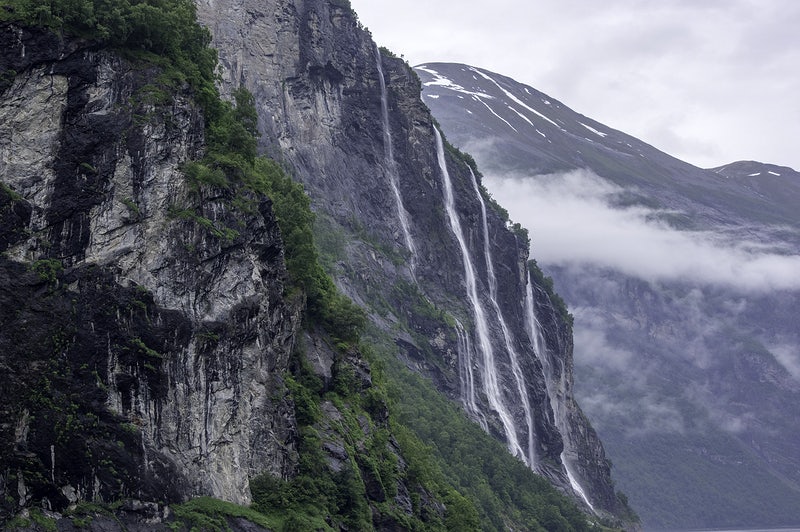
The Kumara Parvatha trek is best known for its diverse seasonal conditions. Generally, the two primary seasons to consider are the monsoon and winter.
Monsoon (June to September):
During the monsoon season, the trail transforms into a lush, green paradise. The rain breathes life into the flora, creating a vibrant and refreshing landscape. However, trekking in the monsoon comes with its own set of challenges. The trail can become slippery and treacherous, making the trek more demanding. Additionally, heavy rains can lead to leeches and reduced visibility, which can be quite daunting.
On my monsoon trek, I was awed by the verdant scenery, but I also found myself grappling with the muddy, slick paths. It was exhilarating to see nature in full bloom, but the rain made for a tough and somewhat unpredictable experience. If you’re up for a challenge and don’t mind getting a bit wet, the monsoon season can offer a unique and beautiful trekking experience.
Winter (October to February):
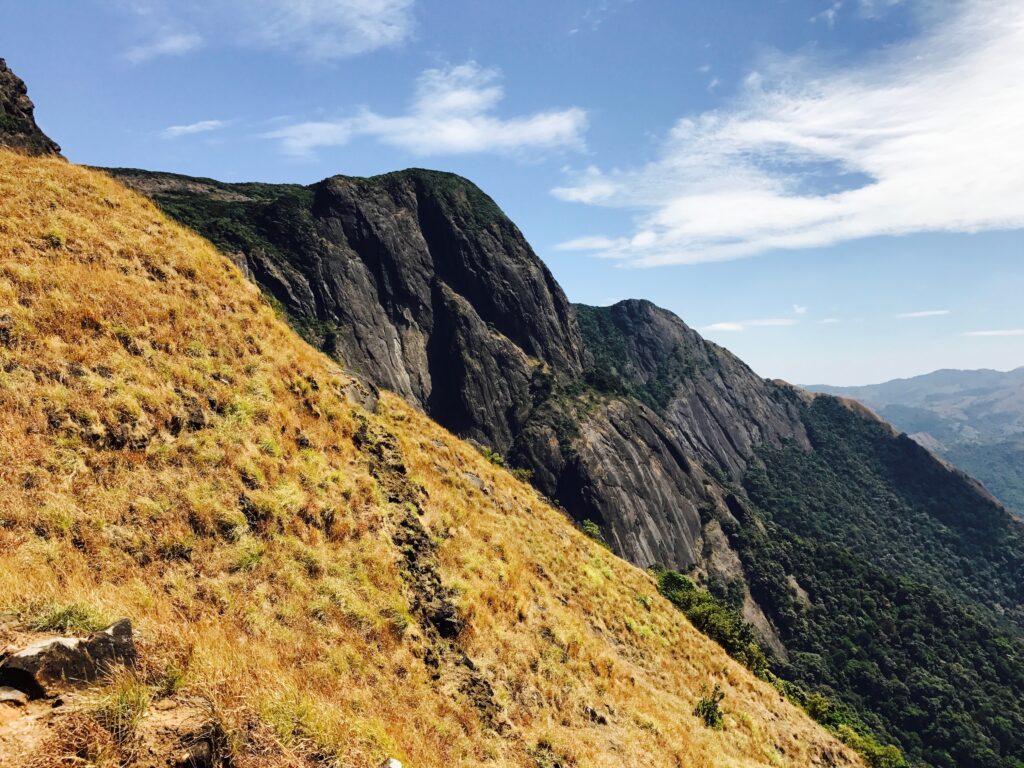
Winter brings cooler temperatures and clearer skies. The cold weather makes the trek more comfortable and enjoyable, as you’re less likely to be overwhelmed by heat. Additionally, the visibility is much better, offering breathtaking views of the surrounding landscapes. Winter is generally considered the best time to trek Kumara Parvatha for most people.
I experienced the trek during the winter months, and it was like stepping into a different world. The crisp air and clear skies made the climb manageable, and the views were absolutely stunning. It was a refreshing change from the grueling heat of the summer and the muddy challenges of the monsoon. If you prefer a more comfortable trek with great visibility, winter is likely your best bet.
Weather Patterns and Trail Conditions: What to Expect Throughout the Year
Understanding the weather patterns and trail conditions throughout the year can help you make an informed decision about when to undertake the Kumara Parvatha trek. Here’s a breakdown of what to expect in different seasons:
Summer (March to May):
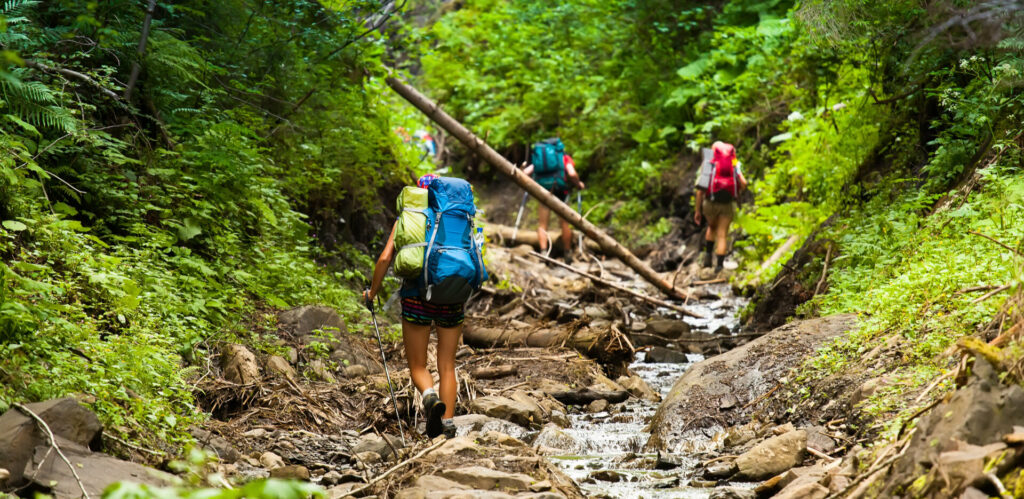
Summer is characterized by high temperatures and dry conditions. While the clear skies and dry trail may seem appealing, the intense heat can make the trek physically demanding. Dehydration and heat exhaustion are common concerns during this period. My summer trek was undoubtedly challenging due to the soaring temperatures, but it was also rewarding with clear views and fewer crowds.
Monsoon (June to September):
As mentioned, the monsoon season brings heavy rains and lush greenery. The trail can become slippery, and the visibility may be reduced due to the rain. It’s important to be prepared for muddy paths and potential leech encounters. However, the beauty of the landscape in full bloom is unparalleled. During my monsoon trek, I was struck by the contrast between the vibrant vegetation and the rain-soaked trails.
Winter (October to February):
Winter is generally the most favorable time for trekking Kumara Parvatha. The temperatures are cooler, making the climb more comfortable, and the trails are less muddy. The clear skies offer spectacular views, and the dry conditions make for a more pleasant trekking experience. My winter trek was marked by breathtaking vistas and a comfortable temperature, making it the most enjoyable of my treks.
Spring (March to May):
Spring is a transitional period between summer and the monsoon season. The weather can be unpredictable, with occasional showers and varying temperatures. The trail conditions can be mixed, with some areas starting to become muddy. However, the spring season offers a blend of the dry and wet conditions, making it a unique time to experience the trek. During my spring trek, I encountered both dry and damp conditions, which added an interesting dynamic to the adventure.
Planning Your Trek: Key Factors to Consider for the Perfect Timing
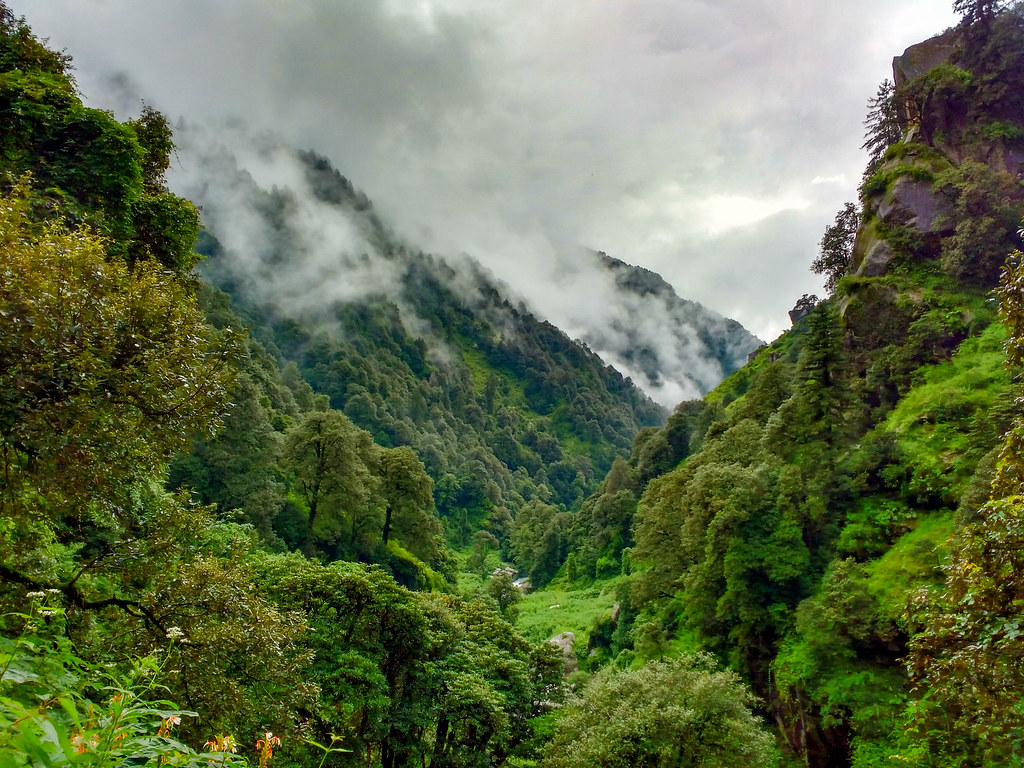
When planning your trek to Kumara Parvatha, consider the following key factors to choose the perfect timing:
- Weather Preferences: Determine what kind of weather conditions you prefer for trekking. If you enjoy cooler temperatures and clear skies, winter is ideal. If you’re fascinated by lush greenery and don’t mind getting a bit wet, the monsoon might be your choice.
- Trail Conditions: Consider how comfortable you are with potentially slippery and muddy trails. If you prefer stable and dry trails, winter is your best bet. For those who don’t mind the extra challenge, the monsoon offers a unique experience.
- Crowds and Accessibility: Peak seasons like winter can attract more trekkers, potentially leading to crowded trails. If you prefer a quieter experience, consider trekking during the shoulder seasons or the monsoon.
- Personal Experience: Reflect on your previous trekking experiences and what conditions you found most enjoyable. My personal preference shifted from the intense heat of summer to the pleasant conditions of winter, and this insight guided my decision-making process.
- Preparation and Gear: Ensure you’re well-prepared for the season you choose. For the monsoon, pack rain gear and anti-leech solutions. For winter, bring appropriate warm clothing and gear to handle cooler temperatures.
Personal Experience: My Journey and Insights on the Best Time to Visit Kumara Parvatha
Reflecting on my journey, I found that the best time to trek Kumara Parvatha ultimately depends on your preferences and what you hope to gain from the experience. Each season offers its own unique set of challenges and rewards.
My summer trek was a test of endurance under the hot sun, but it gave me a sense of accomplishment and stunning views. The monsoon trek, while challenging with its muddy paths and leeches, presented a vibrant, green landscape that was worth the struggle. However, it was my winter trek that truly stood out. The cool, crisp air and clear skies made for a comfortable and rewarding experience. The breathtaking views and manageable conditions left a lasting impression on me.
In the end, the best time to visit Kumara Parvatha is when you feel most prepared and excited for the adventure. Whether you choose the vibrant monsoon or the clear winter skies, each season offers a distinct experience. Consider what conditions you’re most comfortable with and plan accordingly. Remember, every trek is a personal journey, and the best time is ultimately the one that aligns with your preferences and readiness.
Hello! I’m,Ratndip a dedicated trekking enthusiast with a deep love for exploring the world’s most captivating trails. With over 2 years of trekking experience, I’ve had the privilege of hiking through stunning landscapes, from the majestic Himalayas to the lush Amazon rainforest. My journey into trekking started as a personal quest for adventure and has evolved into a lifelong passion for discovering new terrains and connecting with nature.